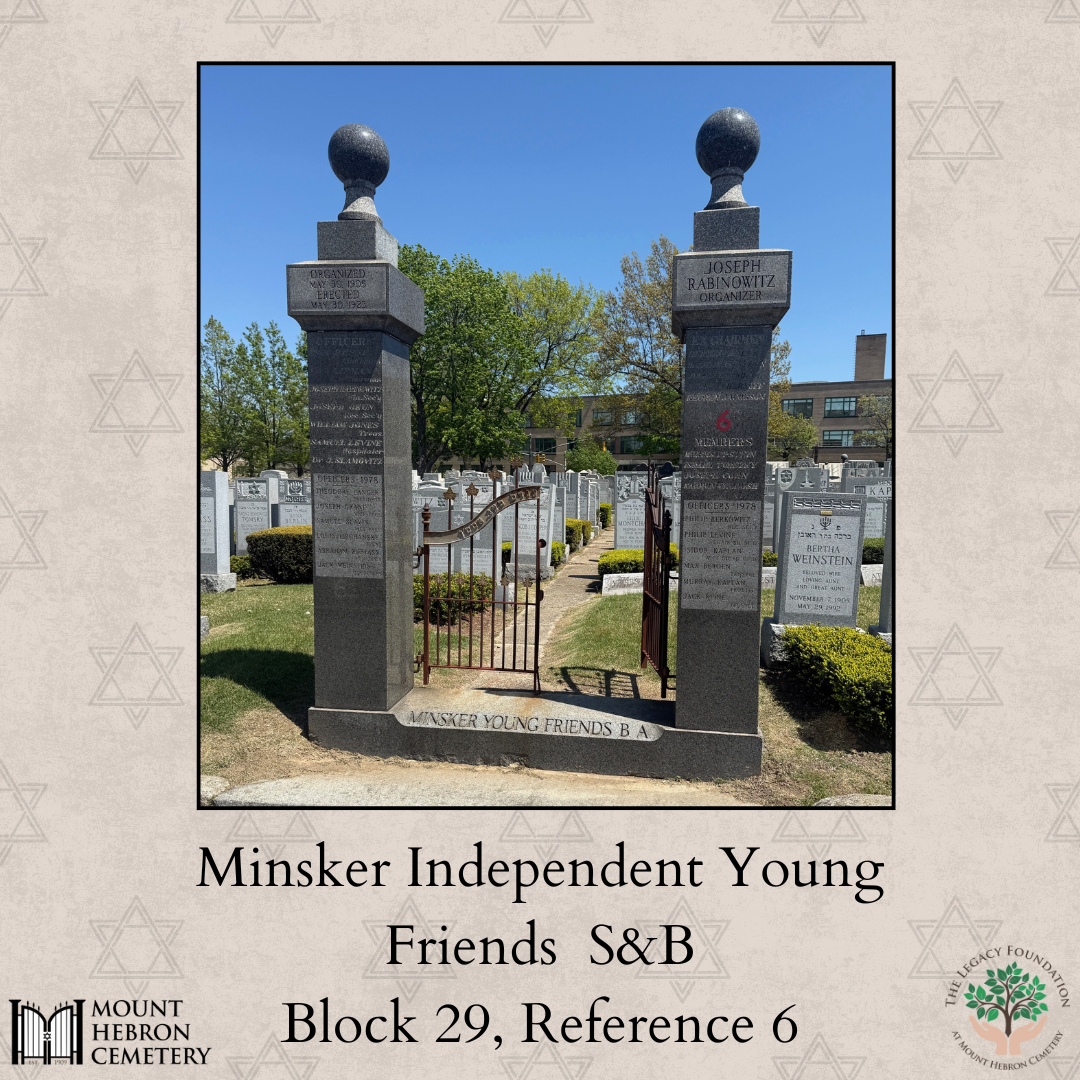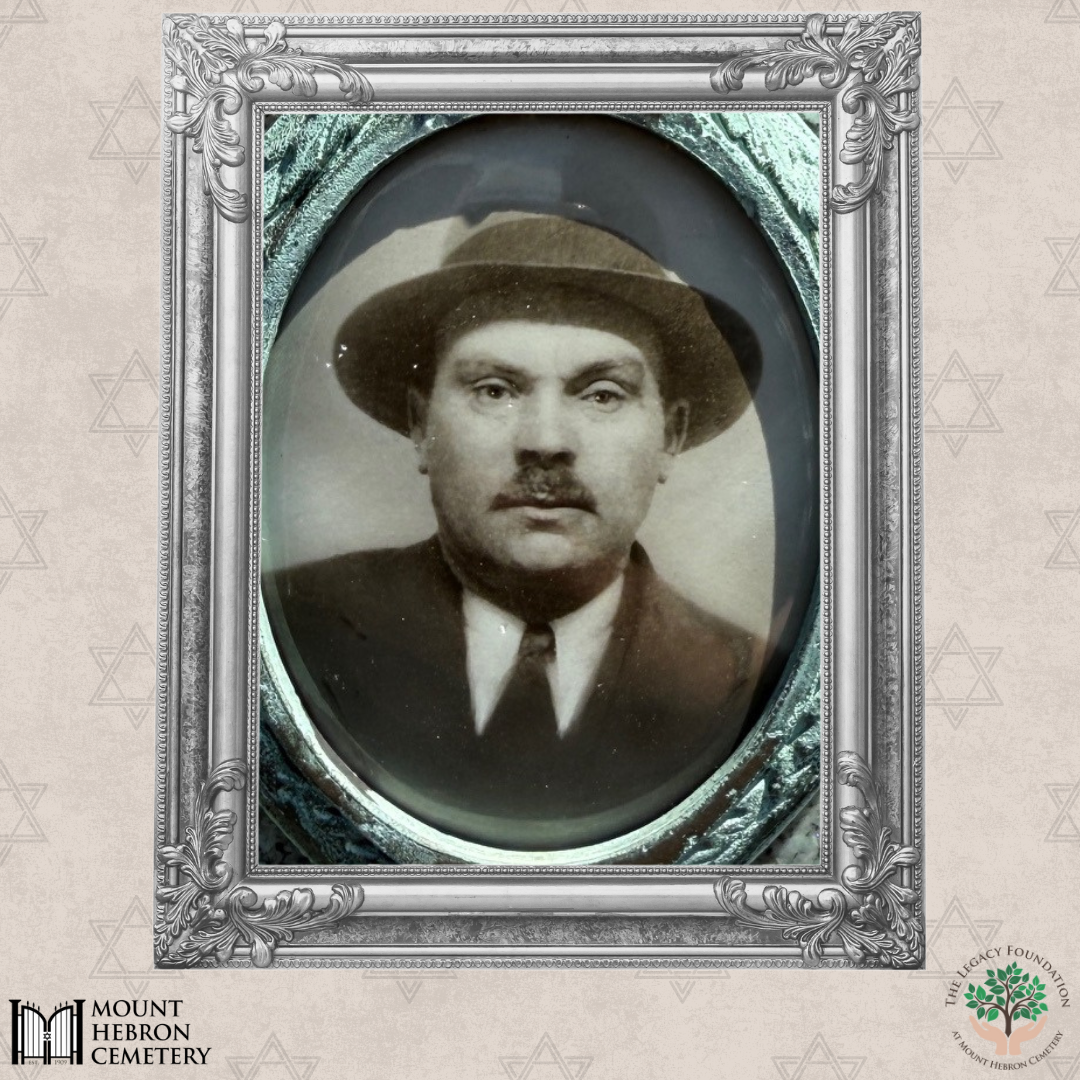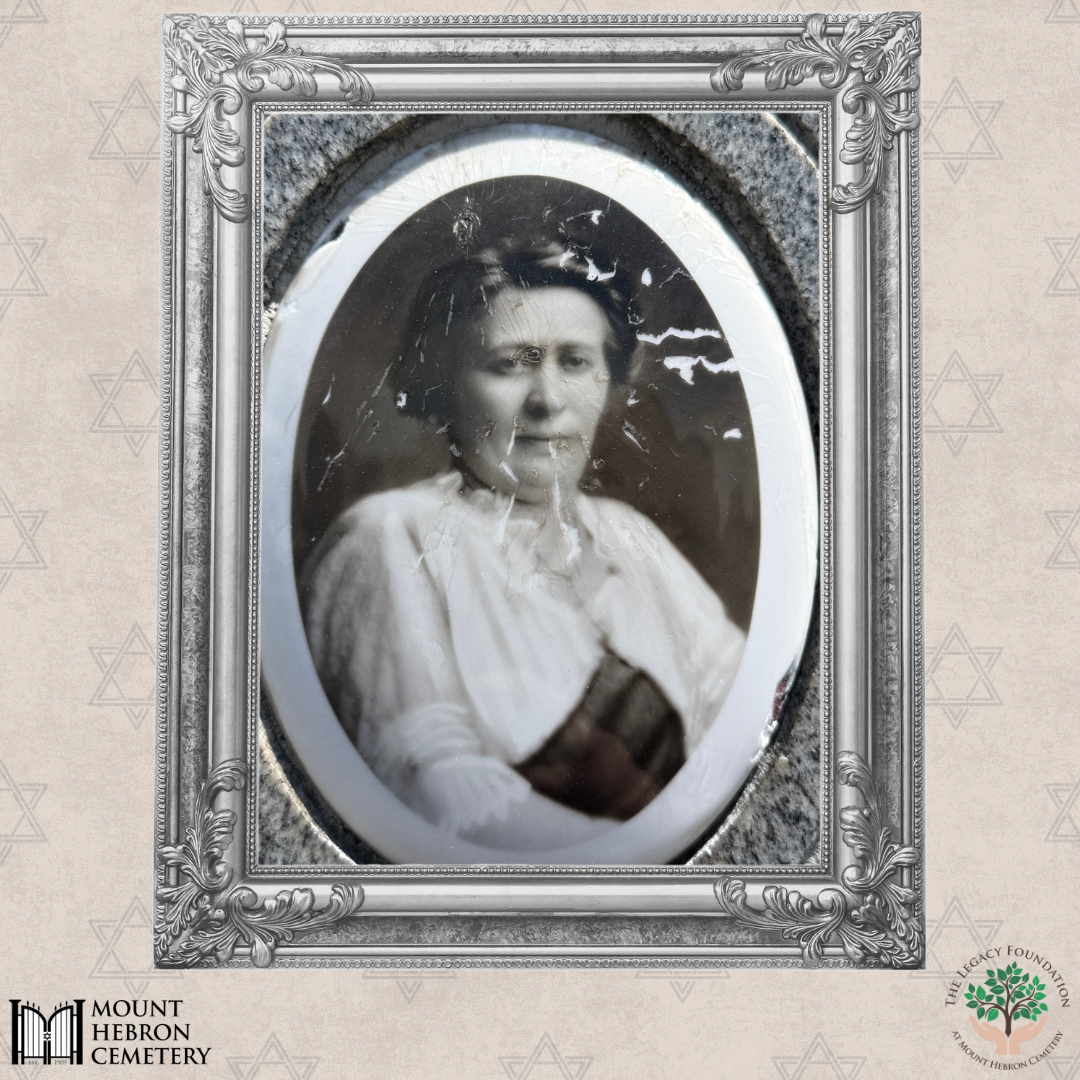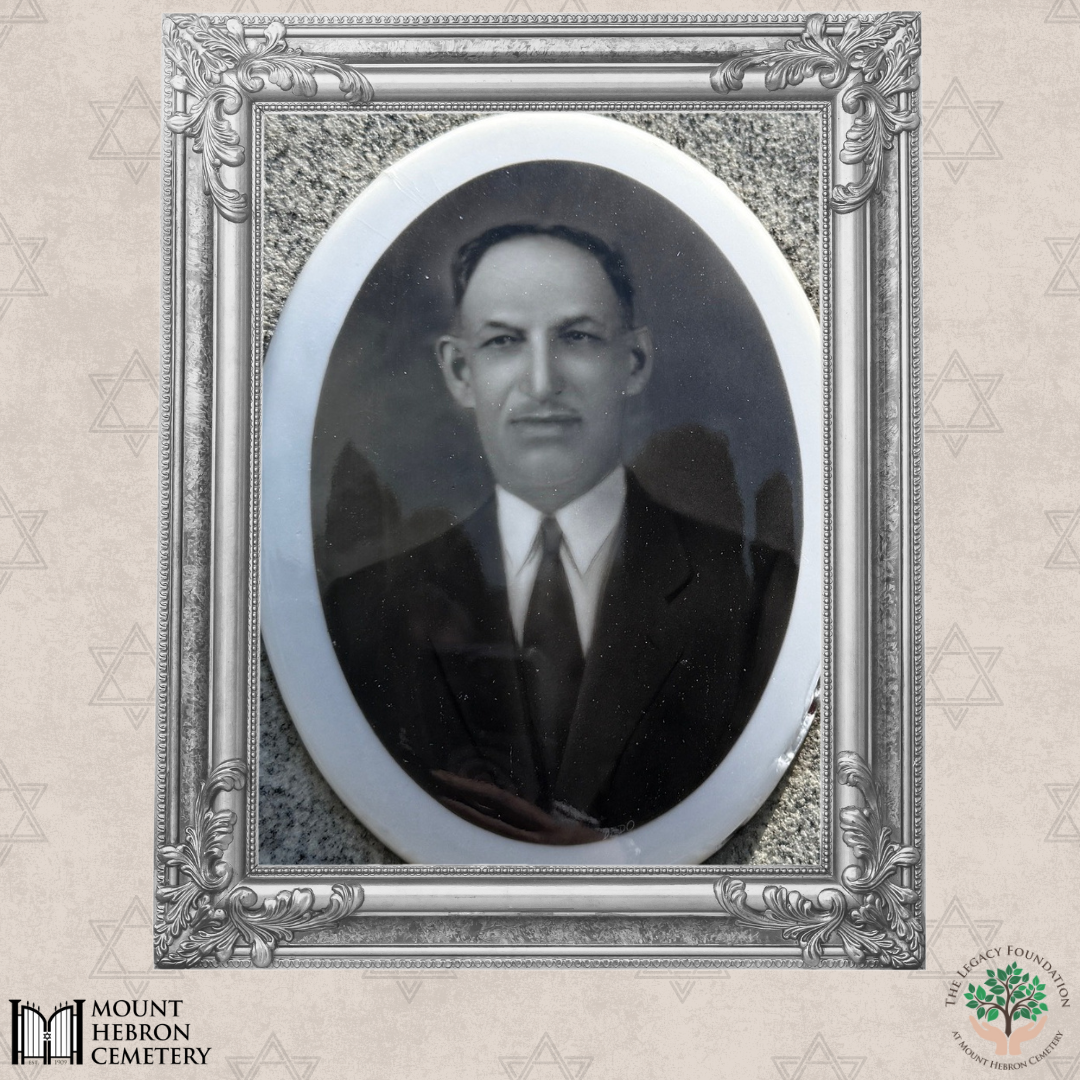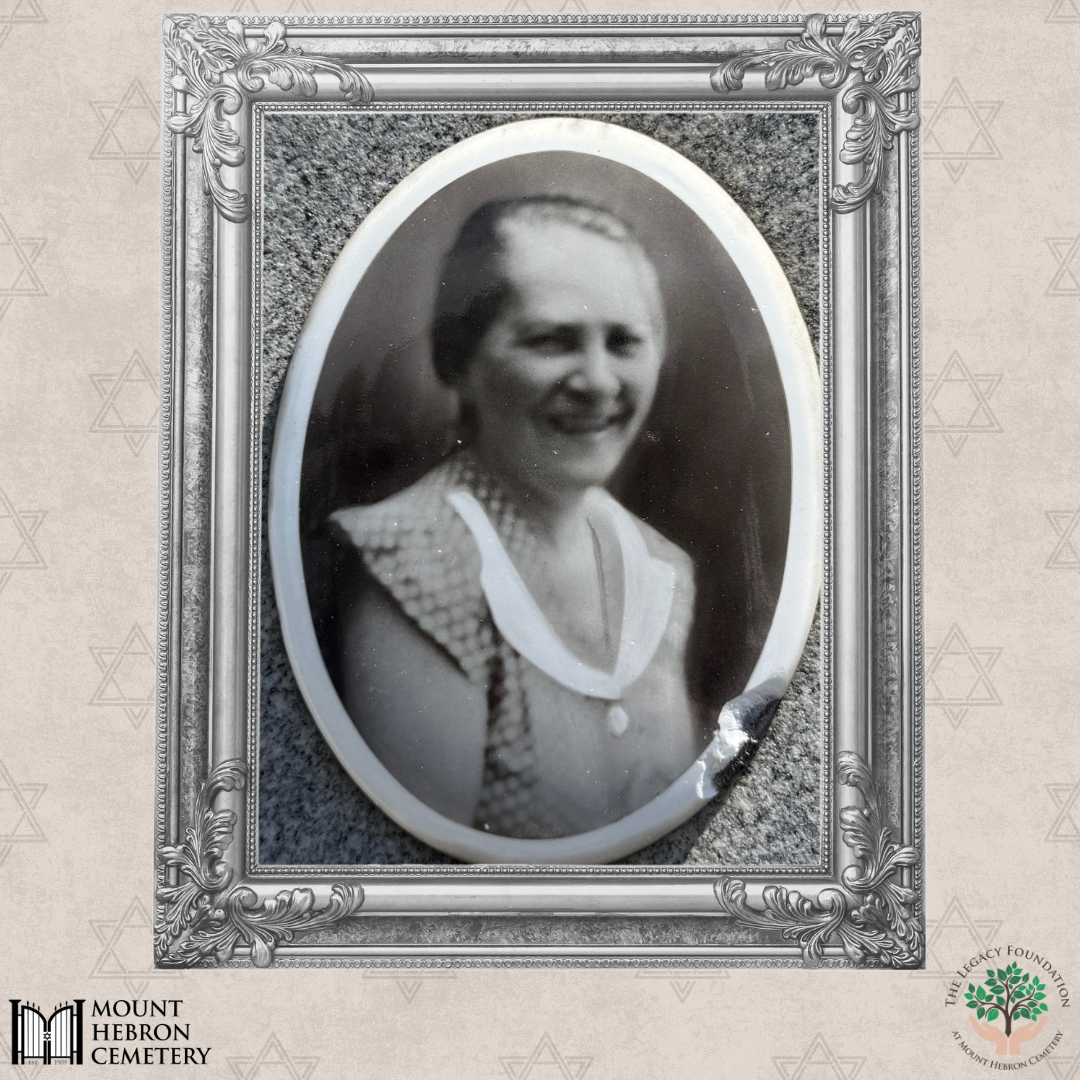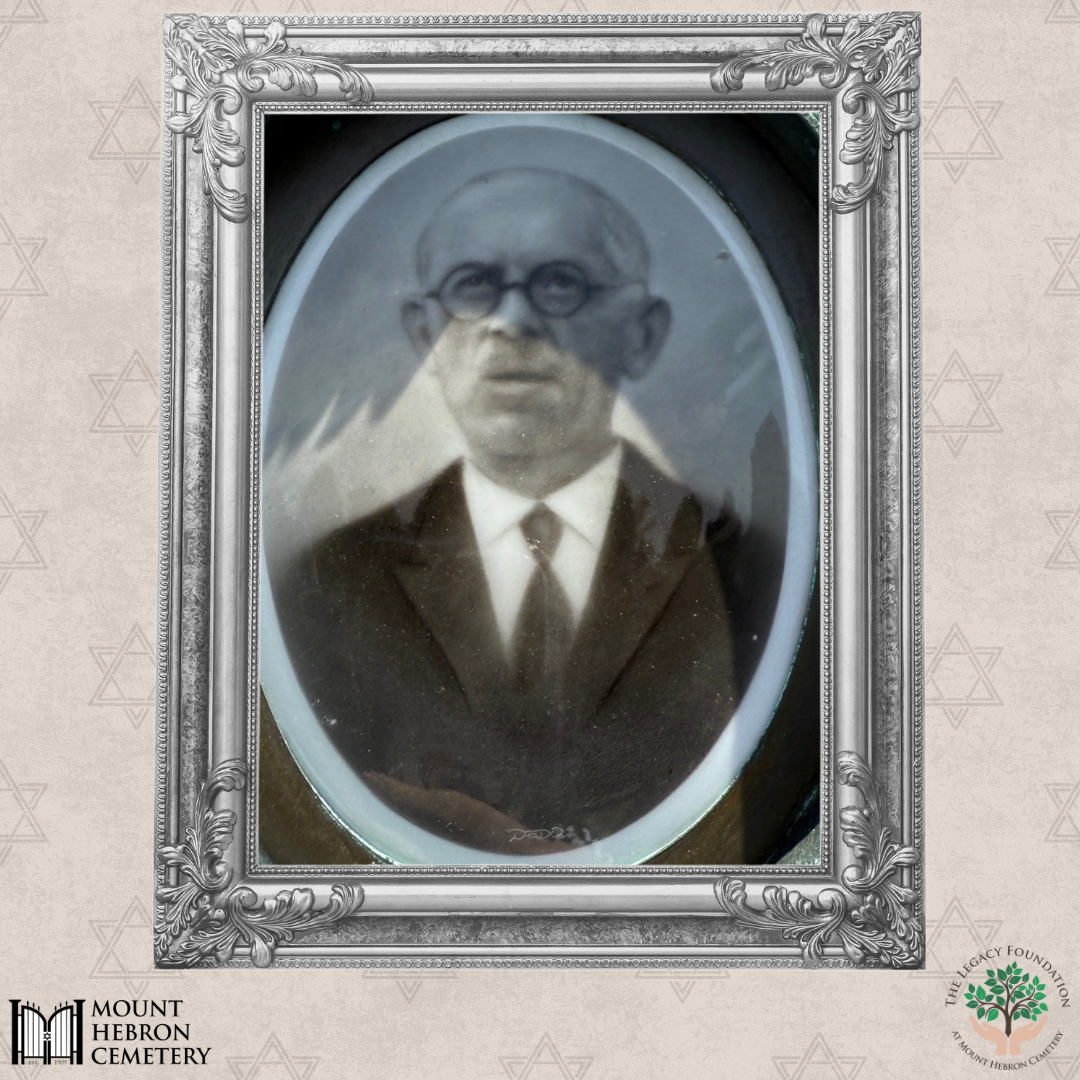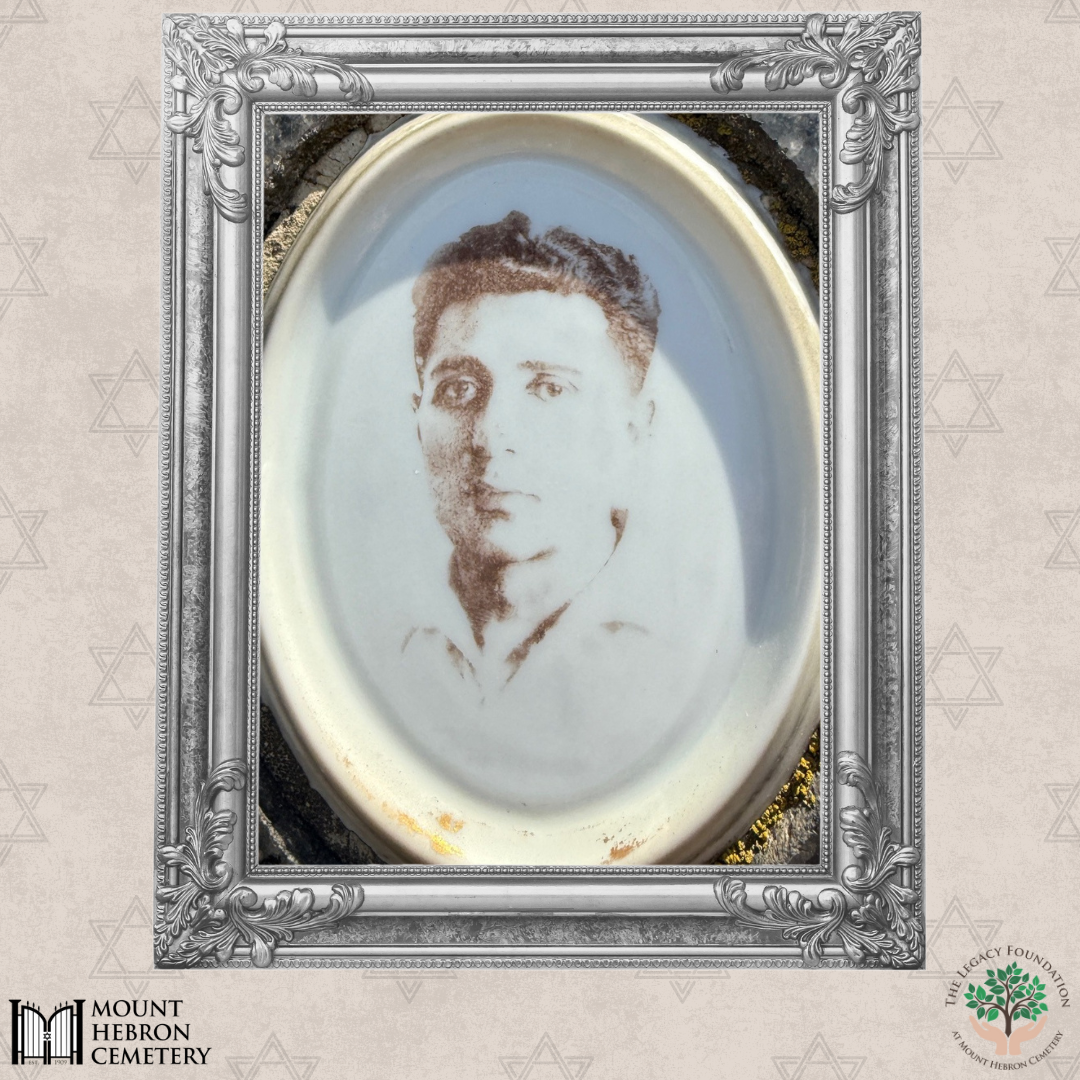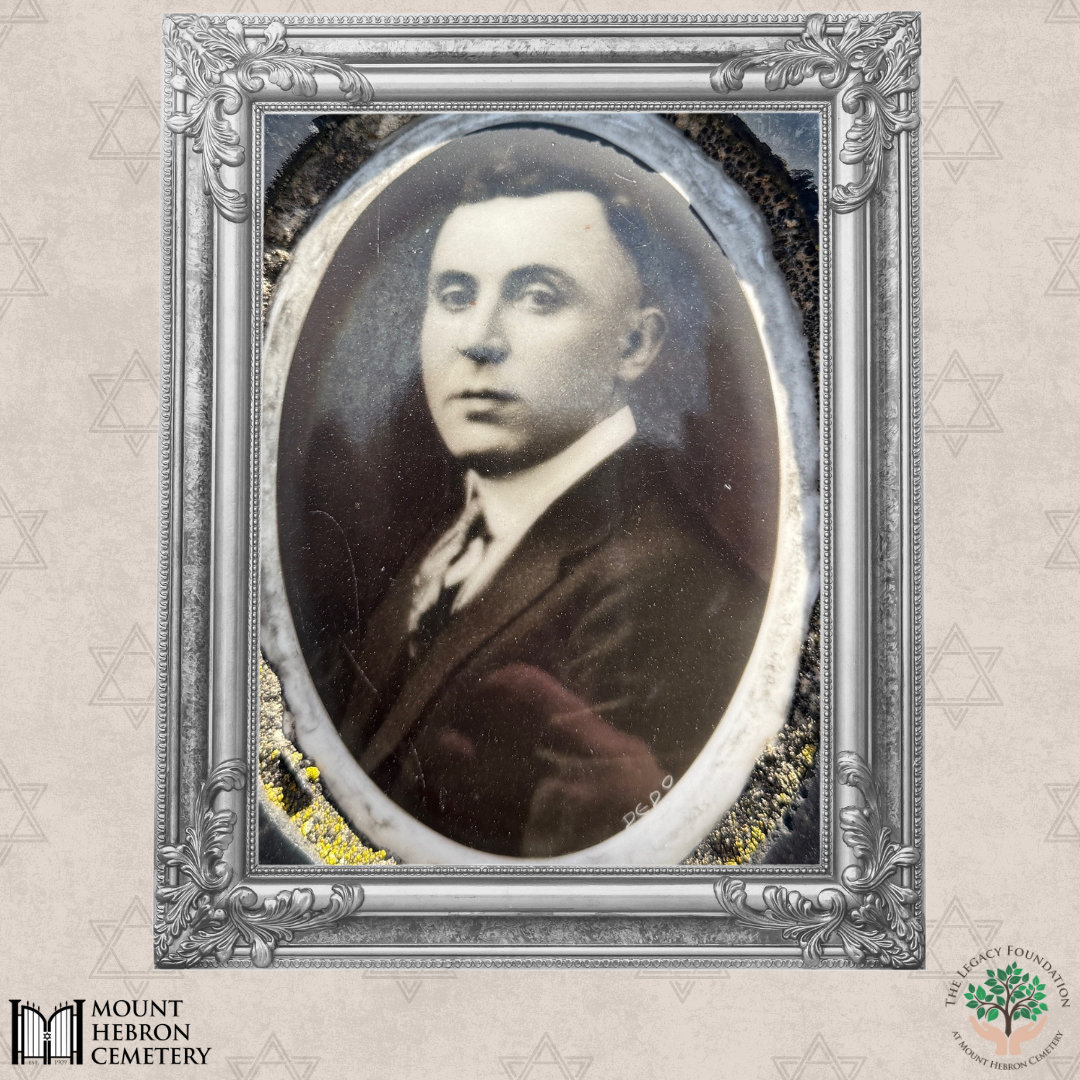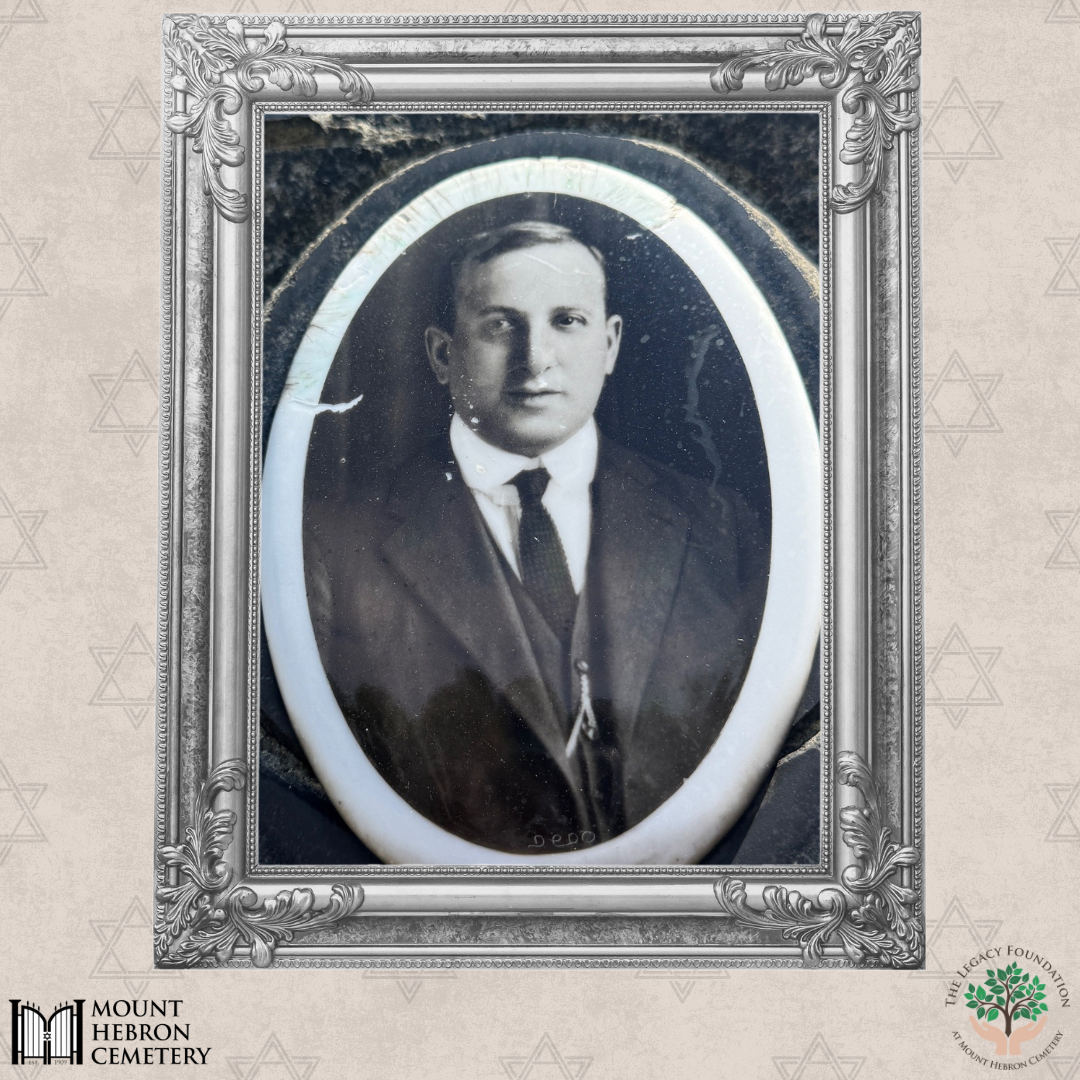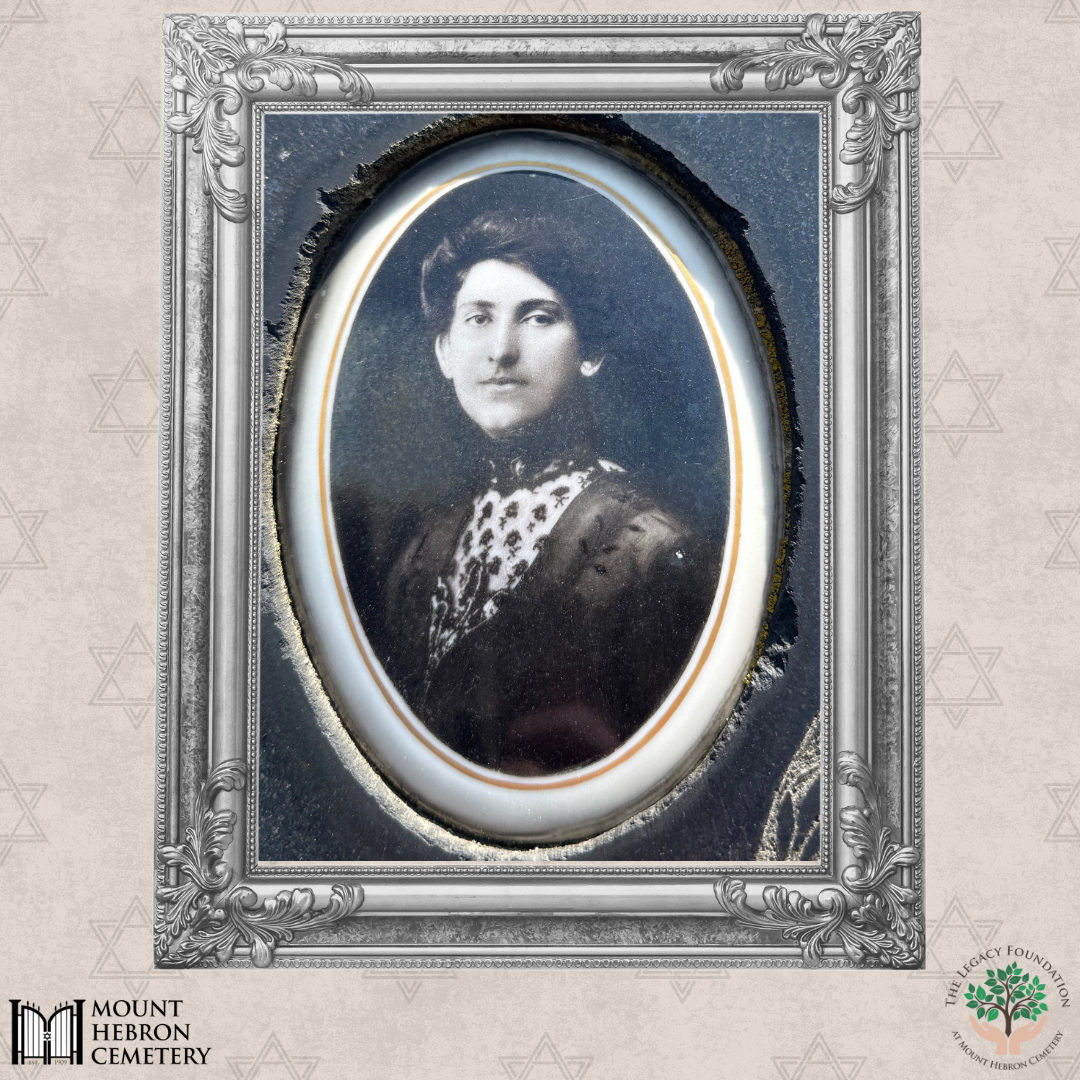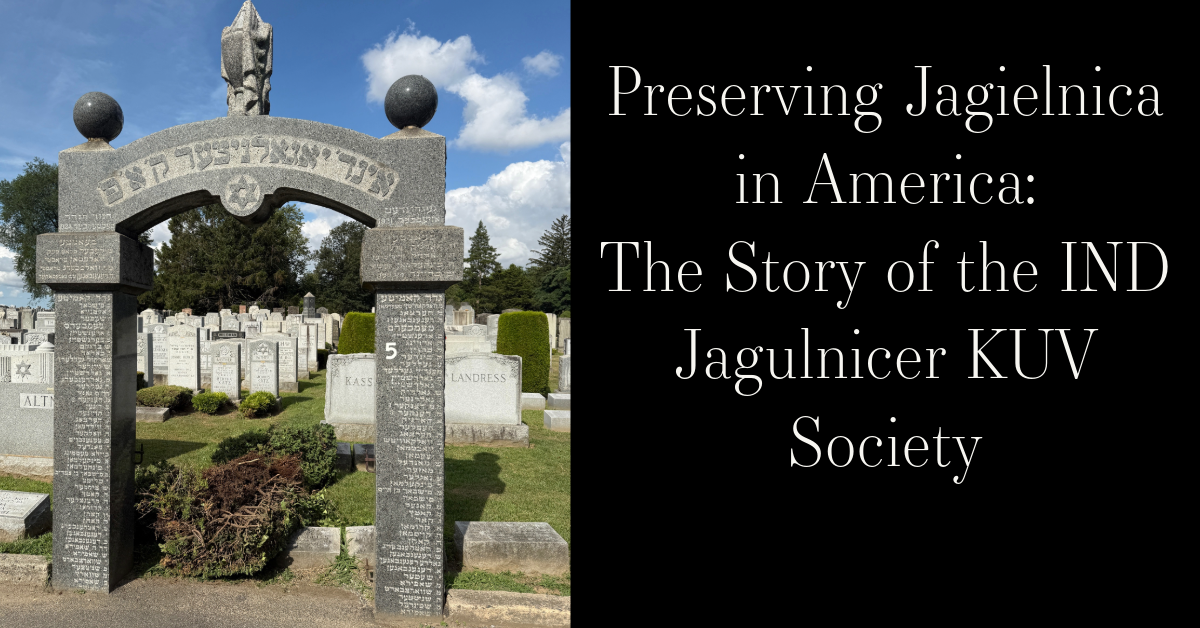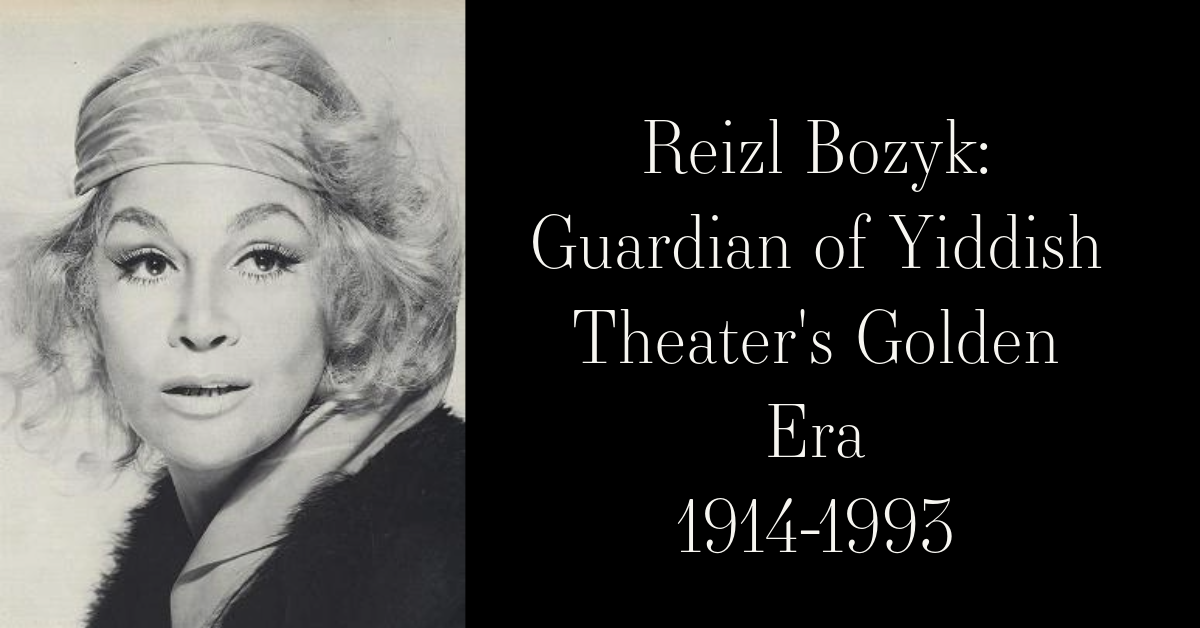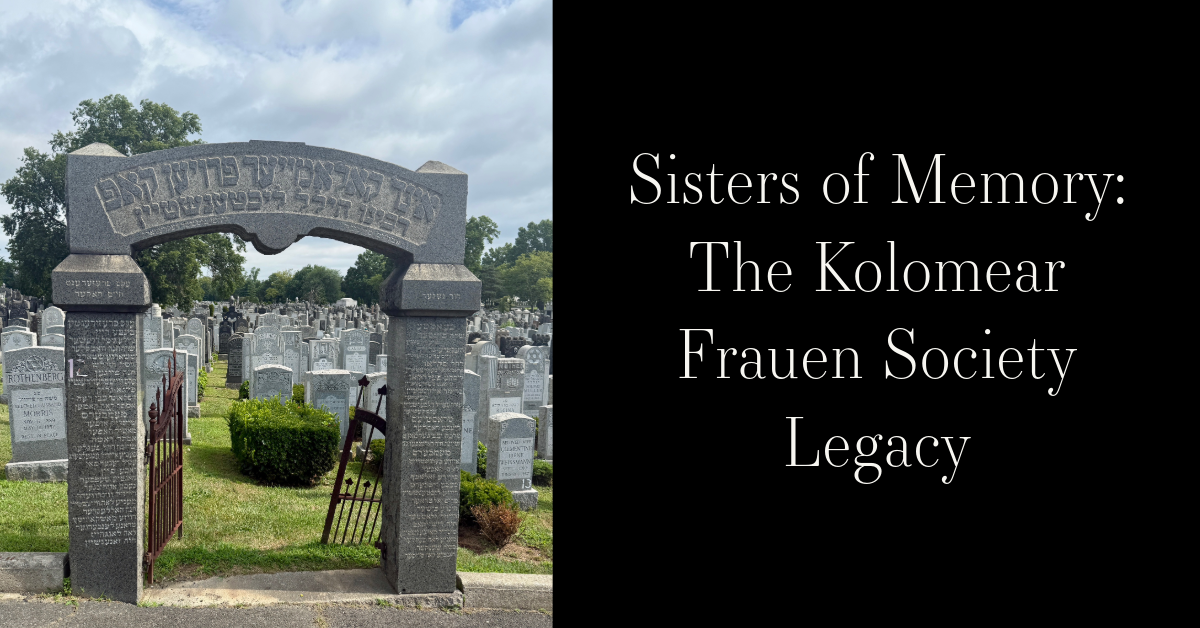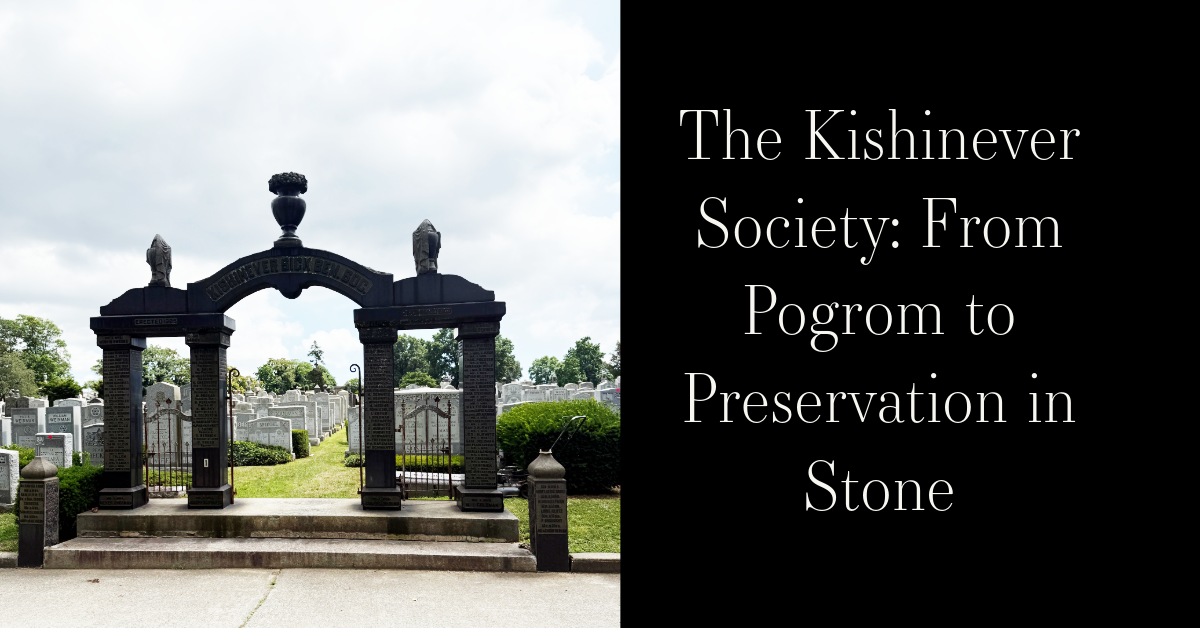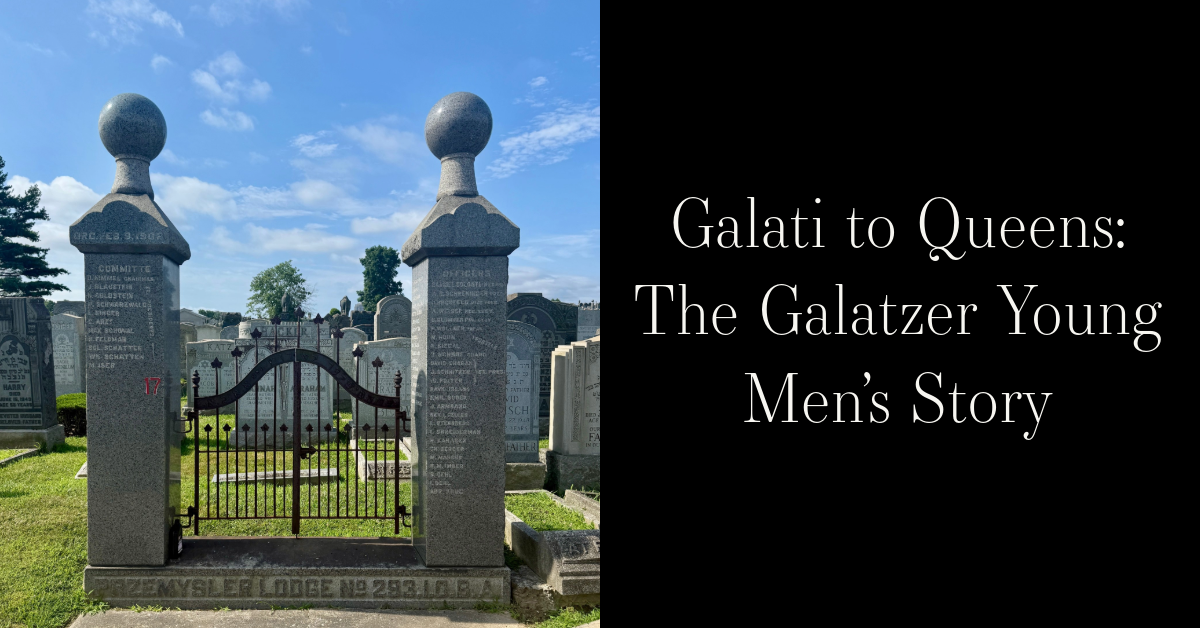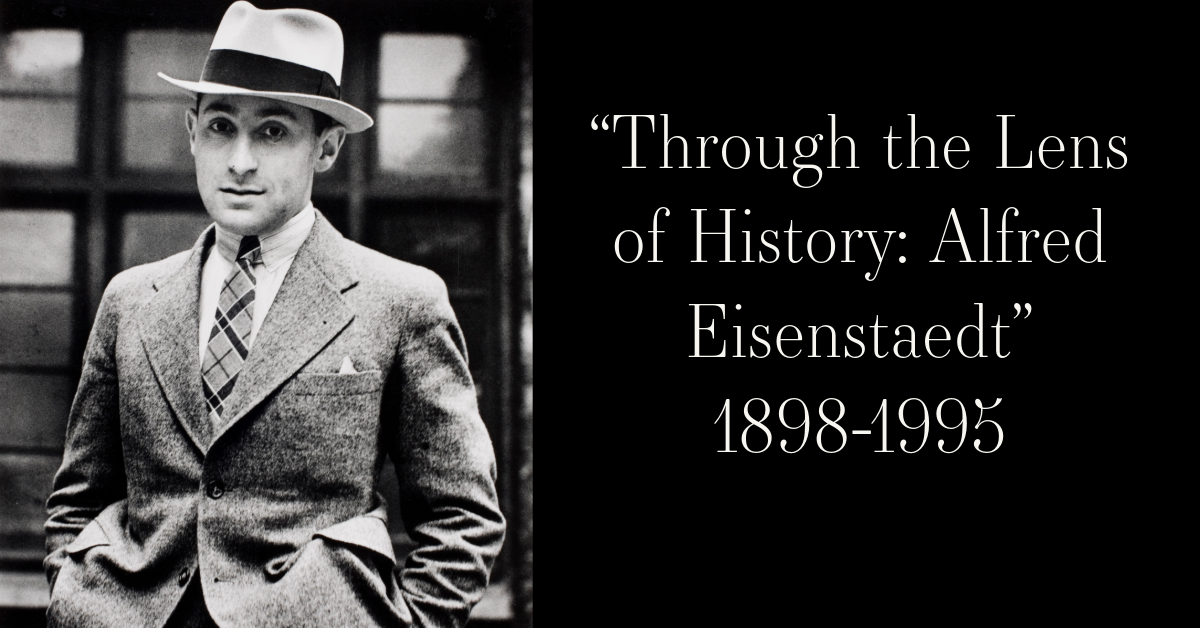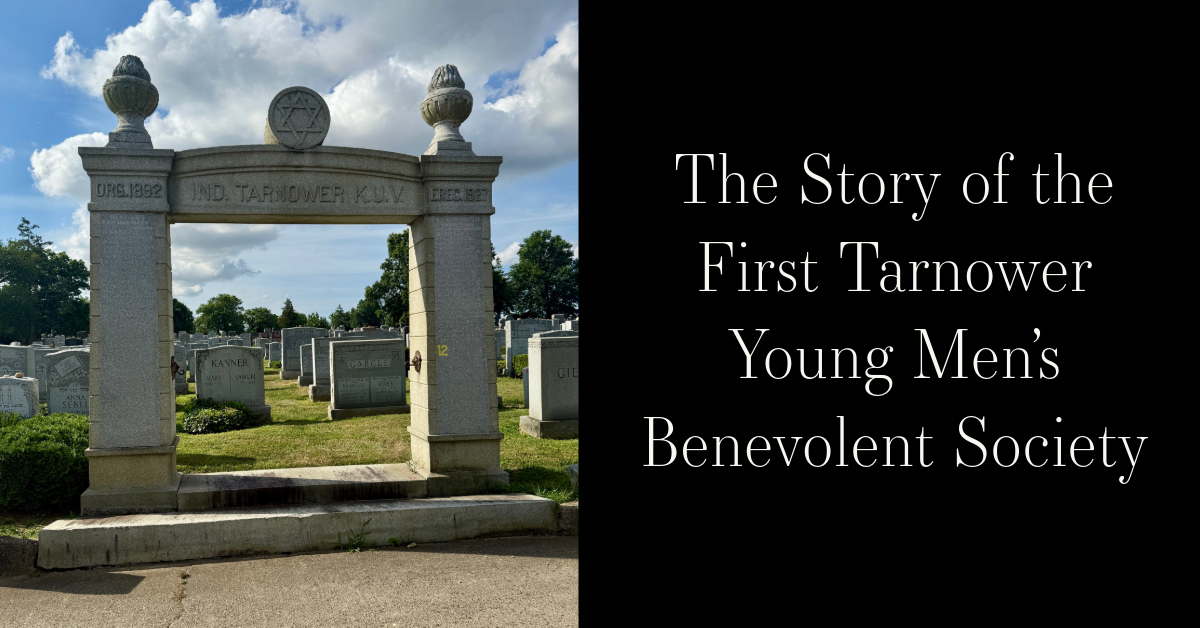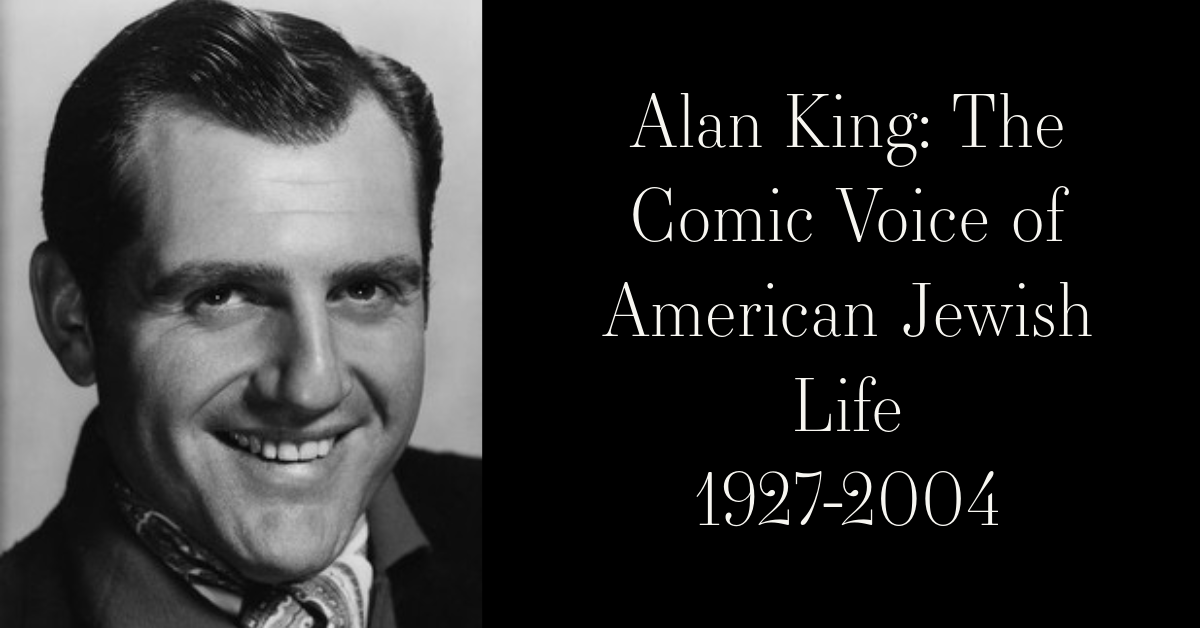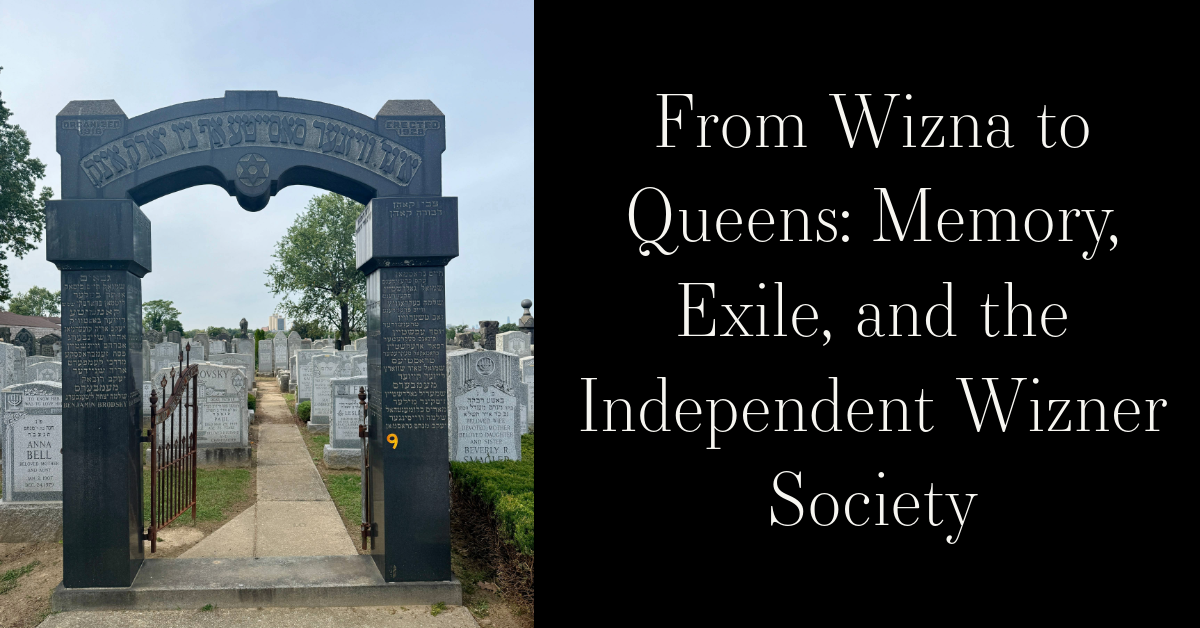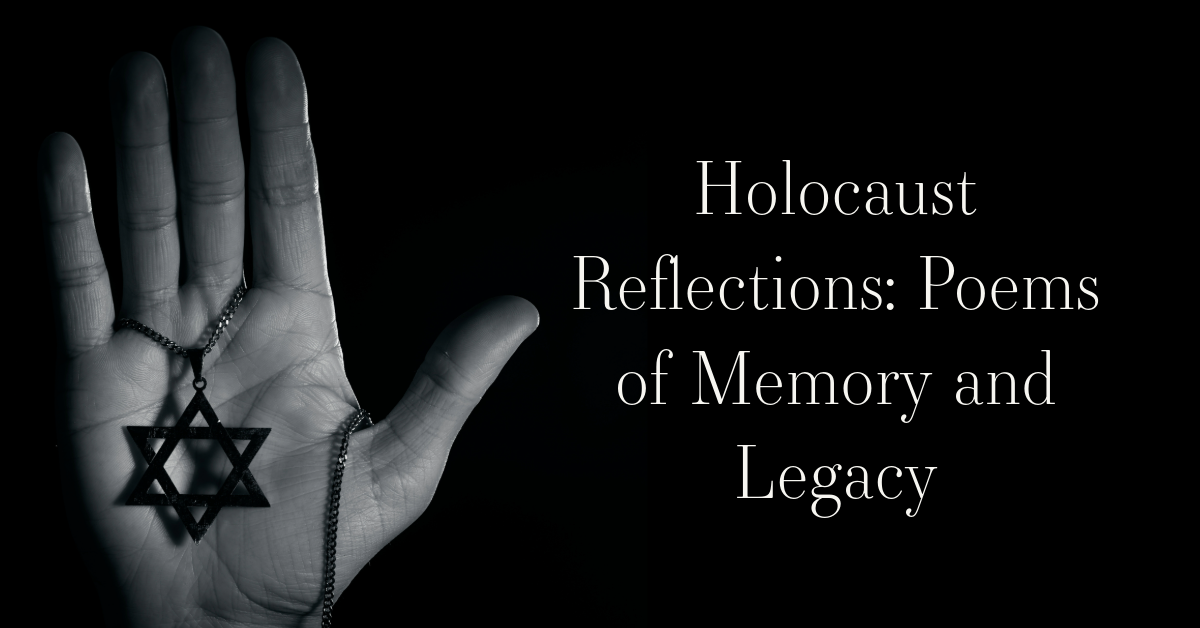Story Summary:
The Minsker Independent Benevolent Association was founded in New York on December 27th 1892 by immigrants hailing from Minsk, today the capital of Belarus (since 1991). The society provided loans and benefits to its sick and distressed members. Initial Jewish settlement dates to the 16th century. The Jews of Minsk made their livings through the merchant and artisan professions. The community became a center for religious scholarship, the Jewish Zionist movement, and the labor movement. German forces entered the city in June of 1941. By July 1942, about 85,000 people had lost their lives. Just over 5000 people survived the Holocaust. Their memories live on. ~Blog by Olivia Scanlon
Minsker Independent Blog
The Minsker Independent Benevolent Association was founded in New York on December 27th 1892 by immigrants hailing from Minsk, today the capital of Belarus (since 1991). The society provided loans and benefits to its sick and distressed members.
Initial Jewish settlement dates to the 16th century. In 1579, King Stefan Batay granted the Jews of Minsk permission to engage in the city’s commerce. This right was temporarily revoked in 1606 by King Sigismund III, however, reinstated in 1629 with additional permission to open shops. In 1633, the Jews of Minsk were granted permission by King Wladyslaw to buy land for a Jewish cemetery and acquire real estate on the market square. The Russian-Polish War (1654-1667) resulted in a decrease of Jewish inhabitation of Minsk, with a majority leaving in 1655. Once the town was returned to the Commonwealth in 1658, the Jewish community of Minsk was reestablished.
In 1671, the Jewish community of Minsk suffered from a pogrom carried out by the Christian Orthodox townspeople. Despite this, the community flourished, engaging heavily in the fields of commerce, handicrafts, and tax-collection. By the early 18th century, Minsk had become a center of Misnagdic religious scholarship. The community’s first yeshiva was established in 1685. Aryeh Leib ben Asher Ginzberg is recognized for having established the town’s second yeshiva in 1733. The yeshivas attracted students from Poland and Lithuania. By the 19th century, Minsk had developed into one of the main centers in the Russian Empire for the Jewish labor movement. Activities were carried out in the Bund and the Po’ale Tsiyon (outlawed in 1928). In 1904, the Minsk Choral Synagogue was established. By the beginning of the 20th century, Minsk’s Jewish community was maintaining multiple heders, a Talmud Torah, a modern private school, a library, a model agricultural farm, a hospital, and a few communal society branches (ICA, OPE, OZE). By the 1930s, Minsk had a total of eight Yiddish kindergartens, twelve Yiddish schools, a pedagogical institute and a Jewish department at the Institute for the Belorussian Culture.
The Jews of Minsk took part in the town’s Zionist efforts, and further, participated in the demonstrations during the 1905 Revolution. The community also published a number of periodicals, including the Zionist Dos Yidishe Vort, the Der Yud, and the Bundist Der Veker. A Jewish Youth Movement, the He-Haluts, was established in 1918 and organized self-defense units to combat the pogroms.
The Jewish population of Minsk increased steadily throughout the years, with there being about 1300 Jews in 1766, almost 13,000 by the mid-19th century, and nearly 100,000 by 1941. The increase in population is partially a result of Jewish refugees coming in from areas of Western Belorussia during the war. The population significantly decreased after World War II, bringing the total number to about 38,800 Jews in Minsk in 1959 to just over 10,000 by the 2000s.
German forces entered the city in June of 1941. Immediately Jews were rounded up and either executed or sent to the ghetto which existed on the outskirts of the city near the Jewish cemetery. In total, about 85,000 people were killed during the multiple “aktions” that took place between November 1941 to July 1942. Early on, a Jewish resistance movement was established underground, allowing thousands of Jews to escape to the forests where they founded seven partisan groups. It is because of the underground resistance group, led by Isay Kazinets and Masha Bruskia that about 10,000 Jews escaped with their families. By the time of liberation, about 13 Jews had survived the ghetto and approximately 5000 Jewish partisans returned from the forests.
In 1945, the first memorial to commemorate Jewish victims of the Holocaust was erected in Minsk. In 1959, there was only one synagogue registered in Minsk. Sometime during the late 1960s, the Jewish cemetery was destroyed. May 9th is dedicated to commemorating the Jewish victims of the Holocaust. Since the 1970s, thousands have emigrated overseas. In 1991, the Union of Belarussian Jewish Public Organizations and Communities was founded. In March of 2001, a Jewish communal center was opened. In 2003, there were three existing synagogues.
https://encyclopedia.yivo.org/article/886#:~:text=During%20the%20nineteenth%20century%2C%20Minsk,in%20the%20Pale%20of%20Settlement.
https://www.jewishvirtuallibrary.org/minsk-belarus-virtual-jewish-history-tour
https://www.jewishgen.org/belarus/lists/Economic/MINSKSUM1.html
https://archives.cjh.org/repositories/7/resources/3512
https://www.jewishgen.org/Yizkor/minsk/min1_064.html
~Blog by Olivia Scanlon


